The great wildebeest migration in East Africa
The great wildebeest migration in East Africa : is mainly experienced in two African countries i.e Kenya and Tanzania. The migration has no beginning and end point because it is a circular migration that moves in a clockwise route. This basically holds over a million plus animals across the Serengeti- Mara. The continuous movement is as a result of prompt rain and the search for abundant lush new grass for grazing. The migration comprises of more wildlife species such as zebras, Thomson’s gazelles, impalas, elands and the grant’s gazelles.
This journey takes them across a variety of plains in both Kenya and Tanzania. The main destinations include; Ngorongoro conservation area, Serengeti national park, Grumeti reserve and Loliondo game area. Their journey is specifically made up of danger as the animals cross rivers infested with crocodiles along the way such as river Mara. Here, a big number of the animals cannot evade the giant Nile crocodiles lying in wait to ambush their prey. Experts believe that the animals react to lightning and thunderstorms in a distance and it is hint that wildebeests can locate rain in a distance of 50km away.
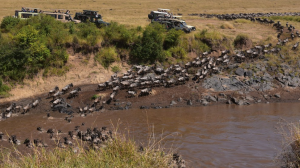
Wildebeest facts
Appearance
The wildebeest is also called the “gnu” an antelope in the genus Connochaetes. It belongs to the family Bovidae, which includes antelopes, cattle, goats, sheep, and other even-toed horned ungulates. Connochaetes includes two species, both native to Africa: the black wildebeest and the blue wildebeest or brindled gnu. Fossil records suggest these two species diverged about one million years ago, resulting in a northern and a southern species. The blue wildebeest remained in its original range and changed very little from the ancestral species. On the other hand, the black wildebeest changed more as adaptation to its open grassland habitat in the south. However, the way of telling the two species apart are the differences in their coloring and in the way their horns are oriented.
Diet
The blue wildebeest is herbivore, feeding primarily on short grasses. They basically travel in large herds and are active day and night, grazing constantly.
Behavior
Wildebeest often graze in mixed herds with zebras, which gives heightened awareness of potential predators. They are also alert to the warning signals emitted by other animals such as baboons. They are a tourist attraction but compete with domesticated livestock for pasture. However, they are sometimes blamed by farmers for transferring diseases and parasites to their cattle. Some illegal hunting goes on but the population trend is fairly stable and some populations are in national parks or on private land.
Breeding
Breeding in both takes place over a short period of time at the end of the rainy season. Later, the calves are soon active and are able to move with the herd, a fact necessary for their survival.
Habitat
Their habitat comprises the grassy plains and open woodlands of central, southern and eastern Africa. This is particularly the Serengeti in Tanzania and Masai mara game reserve in Kenya. Its range extends from Namibia and South Africa to Mozambique (north of the Orange River). Then from southwestern Zambia (south of the Zambezi river) to southern Angola.
The great wildebeest migration all-year-round
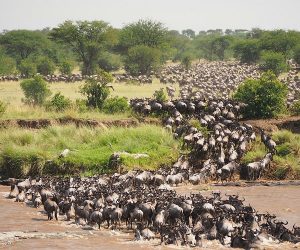
January, February and March
Around January each year, seems reasonable to call the wildebeests’ yet birthing seasons. The herds occupy the short grass plains that are displayed all over the lower slopes of the Ngorongoro crater highlands and around Olduvai Gorge. This journey is always accomplished in the southwards moving across the eastern side of Serengeti into Ngorongoro conservation area. February seems the wildebeests’ birthing time and here there are higher chances of witnessing the wildebeest birth. The plains always harbor abundant and nutritious grass giving the herds the best conditions for elevating their newborn calves. Depending on the rains, the herds can be seen south of Serengeti National Park between Ndutu and Ngorongoro plains. However, around the end of March or early April, the herds locomote slowly and begin their northward travel.
April and May
Around April the migratory herds all tend to be travelling northwards in quest of fresh grazing grounds and water. The journey consists of a big number of animals including the zebras. June marks the end of rainy season, particularly this is the Grumeti River crossing season mainly depending on water levels of the river. In fact, this may create a chance for you to spot the Nile Crocodiles though this crossing is not always exciting as the Mara river crossing.
June and July
Around June this is when the big event occurs the start of Mara river crossing. Here, a high concentration of herds reach the western part of Serengeti and the southern part of Grumeti River. They appear closely to the brown waters of the river which are infested with Nile crocodiles making the crossing difficult for the animals. In July, thousands of million plus wildebeests and zebras continuously move northwards along the western brink of the park. They cross the Mara River into Kenya and here many challenges and tense river encounters are faced which marks the end of the weak animals.
August, September and October
By August, the herds would have faced a number of challenges while crossing the Mara River to disperse the Masai Mara’s northern section. The full flow, confusion, panic, waiting predators, surging currents, and other large predators all wait here. Animals like crocodiles, lions, leopards survey and patrol the banks, ready to attack any wildebeest, all causing a massive loss of lives. The survivors continue moving northwards and herds break into groups with a large number of them remaining in the northern Serengeti. They start crossing into Masai Mara national reserve in Kenya to quest for nutritious green pastures. Also life giving water before kicking off their journey to the private conservancies such as olare orok, and Mara North. By September to October, here the main chaos has ended and the migrating animals have gradually moved eastwards. However, the wildebeest will face the heavy waters of the Mara River once again. This is whereby they get ready to cross afresh during their return journey southwards.
November and December
After some short amounts of rain occurring in the late October and early November, these gnus move downwards from Kenya into Namiri plains. This is basically the eastern ends of the Serengeti the only plains known for cheetah spotting. Later, in December, they scatter all over the eastern and southern limits. In the first early months of another year, the grasses in the inner south of the Serengeti are lush. This is with the rains attracting thousands of wildebeest and thousands of other plain animals. The cycle continues all over again as the calving season starts afresh. This season is one of the best moment worth not to miss watching as the frenzy herds of the wildebeests cross over and over again.
Therefore, the wildebeest migration is a breathtaking natural phenomenon and a must see safari wildlife. It displays behavioral experience for adventurers, nature lovers, wildlife addicts and those questing a little more from their African vacation.

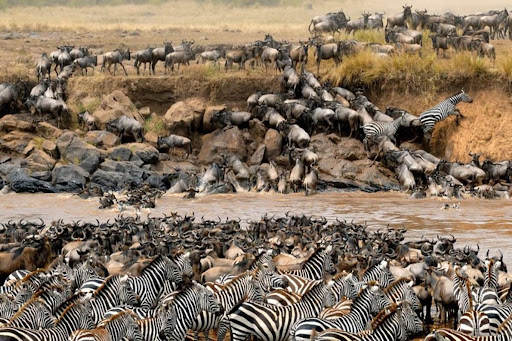
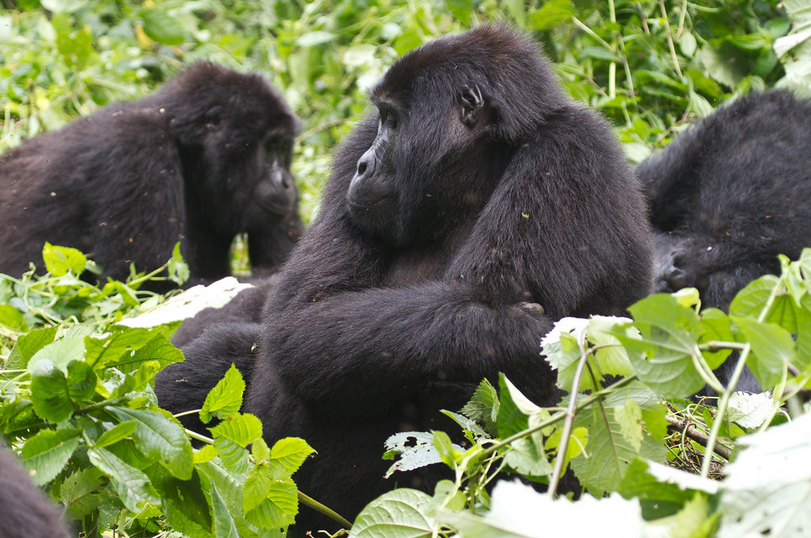
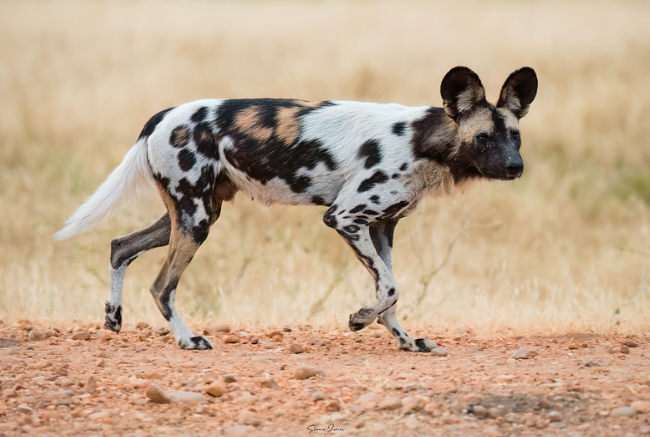


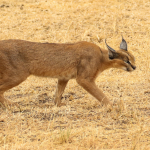






1 Comment
[…] eyes on lions, zebras, giraffes, elephants, cheetahs, leopards, impalas, Kobs, jackals, rhinos, wildebeests, antelopes to mention a few. With bird species such as African fish eagles, martial eagles, red […]